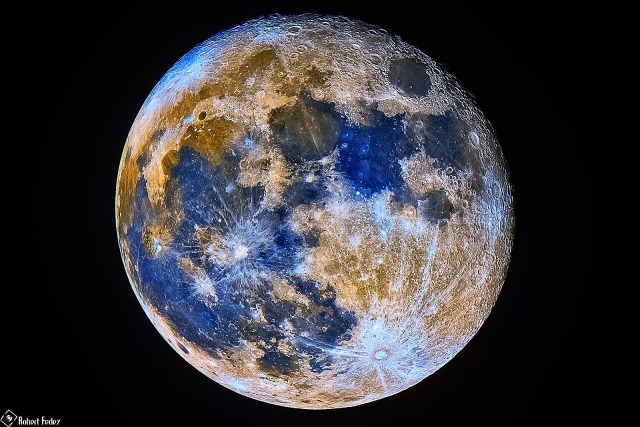#lunar surface

Leaving for work. Apollo 15 was the 4th mission to land on the moon. Astronauts David Scott & James Irwin became the first to drive on the moon courtesy the Lunar Rover. The pair landed by Hadley Rille which was originally planned to be the landing spot for Apollo 19 before budget cuts nixed the mission. The Aug 1971 mission was Scott’s 3rd and final spaceflight while it was Irwin’s & Command Module Pilot Al Worden’s first and only. What a historic mission.

Setting up shop. The Lunar Module Antares has touched down upon the moon with the instruments set up during Apollo 14, Feb 1971. The mission was the first to land in the Lunar Highlands & the final ‘H-Mission’, or 2-day stay on the moon. After this, Apollo flights would be J-Missions, or 3-day lunar stays. This mission with Alan Shepard, Edgar Mitchell & Stuart Roosa was to take place in 1970 but was pushed back following an investigation into the explosion upon the Apollo 13 spacecraft.

Parking is ample. The first to drive on the moon, David Scott, walks away from the Lunar Rover during Apollo 15, Aug 1971. Scott & fellow astronaut Jim Irwin spent 18.5 hours on EVAs during their lunar stay while Command Module Pilot Al Worden orbited above.

The open road. I can’t tell who but one of the Apollo 17 astronauts (Gene Cernan or Harrison Schmitt) sits in the Lunar Rover during their near 23 hours of EVA time on Apollo Program’s last moon landing, Dec 1972. The Command Module for the mission which Ronald Evans piloted was named ‘America’ while the Lunar Module was named ‘Challenger’. Cernan & Schmitt landed in the Taurus-Littrow Valley. I wonder when humanity’s next crewed landing will be?

Where’s my drill? Astronaut David Scott retrieves a drill off the lunar surface during Apollo 15, Aug 1971. The mission was the first with the LRV (lunar rover vehicle). Mr. Scott was the 7th to walk on the moon & first to drive when he got behind the wheel of the LRV. He wa chosen in the 3rd Group of astronauts in 1963 & flew with Neil Armstrong on the historic & perilous Gemini 8 mission of 1966. He also flew on the 10-day Apollo 9 flight in 1969. David walked on the moon with James Irwin on A15 while Al Worden orbited above in the Command Module. The pair spent 18.5 hours on EVAs while on the moon’s surface & brought back 170lbs of moon rocks home.

The Moon is normally seen in subtle shades of grey or gold. But small, measurable color differences have been greatly exaggerated to make this telescopic, multicoloured, moonscape captured during a full moon. The different colors are recognized to correspond to differences in the surface’s chemical makeup. Blue hues reveal titanium rich areas while orange and purple colors show regions relatively poor in titanium and iron. The familiar Sea of Tranquility, or Mare Tranquillitatis, is the blue area toward the upper right. White lines radiate across the orange-hued southern lunar highlands from the ray-crater Tycho at bottom right. This image is made up of 272 different images!
Image Credit & Copyright: Robert Fedez
An oblique view of an area of the lunar farside, looking southward, as photographed from the Apollo 15 spacecraft in lunar orbit. The crater Zelinsky is in the near foreground at the edge of the picture. The circular, mare-like area in the center is the crater Thomson. Thomson is almost completely surrounded by Mare Ingenii. The approximate coordinates of the center of Thomson are 166 degrees east longitude and 32.2 degrees south latitude.
Post link


